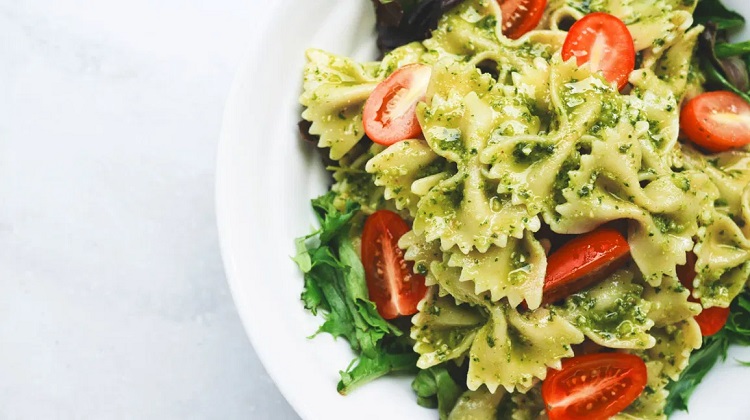What Are The Best Gluten-Free Pasta Sauces And Why?

Making pasta at home is a big responsibility, especially if you have specific dietary requirements. Preparing spaghetti and pasta sauce will be slightly different if you want to go with a gluten-free diet. A gluten-free pasta sauce does not make use of processed sugars, allowing people with dietary restrictions to enjoy a tasty meal. It uses natural ingredients but does not use gluten, making it enjoyable for people of any age group and having varying nutritional needs.
Italian Marinara
Marinara is a popular sauce type in Italy that uses tomato as the base with garlic, herbs, and other spices. It also uses onions chopped finely or blended with tomatoes. This particular side dish has different variations with capers, wine, olives, and olive oil. It will combine well with proteins and give your diet a healthy supply of vitamin C and B6. Additionally, this is a preferable option for many because it provides magnesium, iron, and calcium to the body.
Basil Pesto Pomodoro
Pesto is a common ingredient used in Italian cuisine, and this sauce makes good use of that flavor. The list of ingredients is very small and only includes olive oil, tomatoes, onions, basil pesto, and 15 minutes of your time. It is a very versatile option which you can have with pasta as well as chicken or any other kind of protein.
Understanding the nutritional value is essential as this dish has a high percentage of vitamin C, vitamin A, and dietary fiber. Depending on the brand that supplies a gluten-free pasta sauce, the variation can include parmesan cheese.
Italian Bolognese
Bolognese is a sauce that originated in the Italian city of Bologna. It is used for the specific type of pasta called tagliatelle. It is meat-based and used as a base for preparing lasagna alla bolognese. The basic ingredients include ground meat which can be pork, veal, or beef.
Additional ingredients for texture and flavor include sofrito, celery, onions, and carrots; white wine, tomatoes, and milk. Additional ingredients include basil, parsley, and parmesan cheese. Includes about 10% potassium, 30% vitamin A, 17% vitamin C, 7% iron, and 4% calcium. The nutritional value may vary depending on how you cook it, but the flavor will always be delicious.
Puttanesca Sauce
Puttanesca is used with spaghetti as its own culinary dish. It was made first in the 20th century in Naples and had a mix of savory and sweet flavors. The essential ingredients in the puttanesca sauce are tomatoes, chili peppers, anchovies, garlic, capers, and olive oil. It is only served with spaghetti, but you can use it as a pairing with any pasta. Some benefits of a good puttanesca sauce include antioxidants through lycopene. Every two cups of this serving will have 46% vitamin C, 20% vitamin A, 31% iron, and 12% calcium. There are 31% carbohydrates in the specified serving with 19 grams of protein.
Conclusion
Cooking pasta at home means that you have the liberty to experiment with combinations of pasta and sauces. Most of the Italian toppings will include tomatoes as the base with finely chopped onions and garlic.
Gluten-free options are easy to find in online and offline stores. By not using processed sugars, you are decreasing the overall calorie intake and getting a good nutritional benefit from your diet. Vitamin A and vitamin C are the most significant benefits of any pasta sauce, irrespective of the protein you pair it with. It gives a rich supply of antioxidants while packing great flavor.